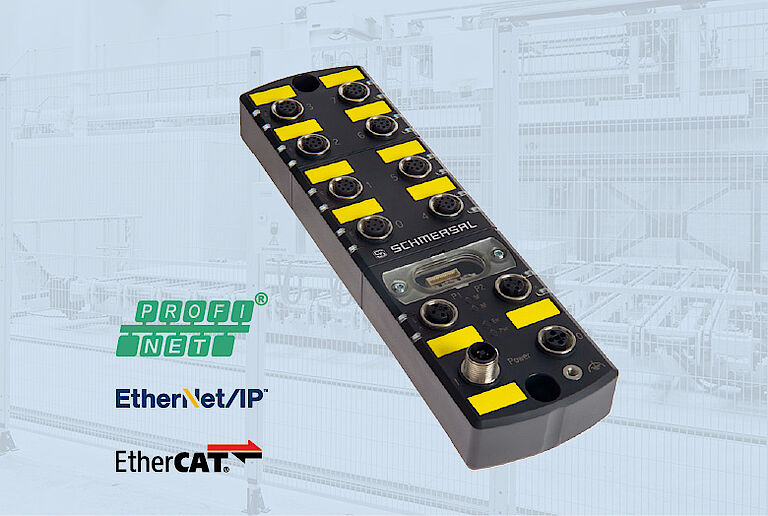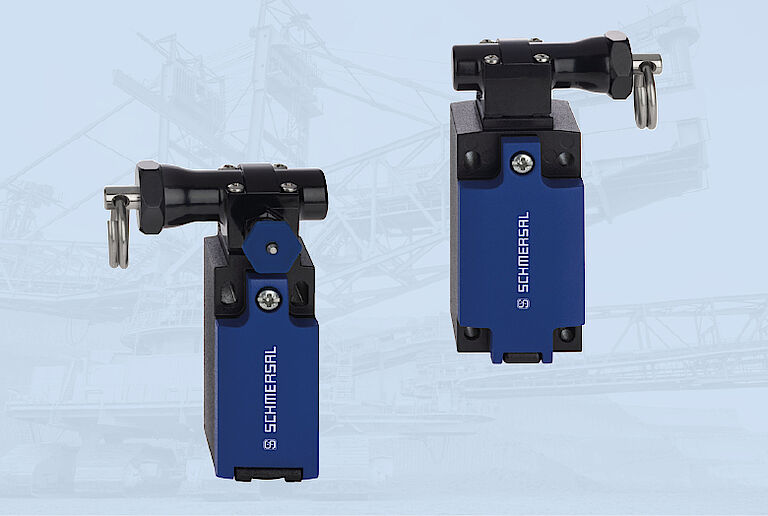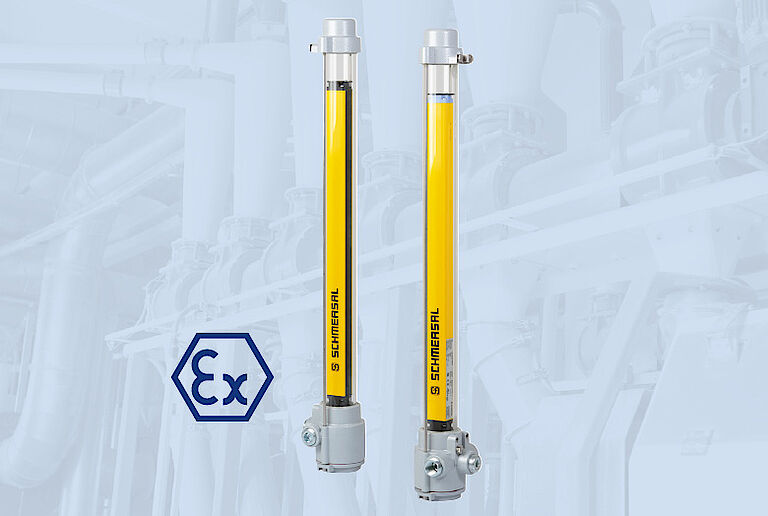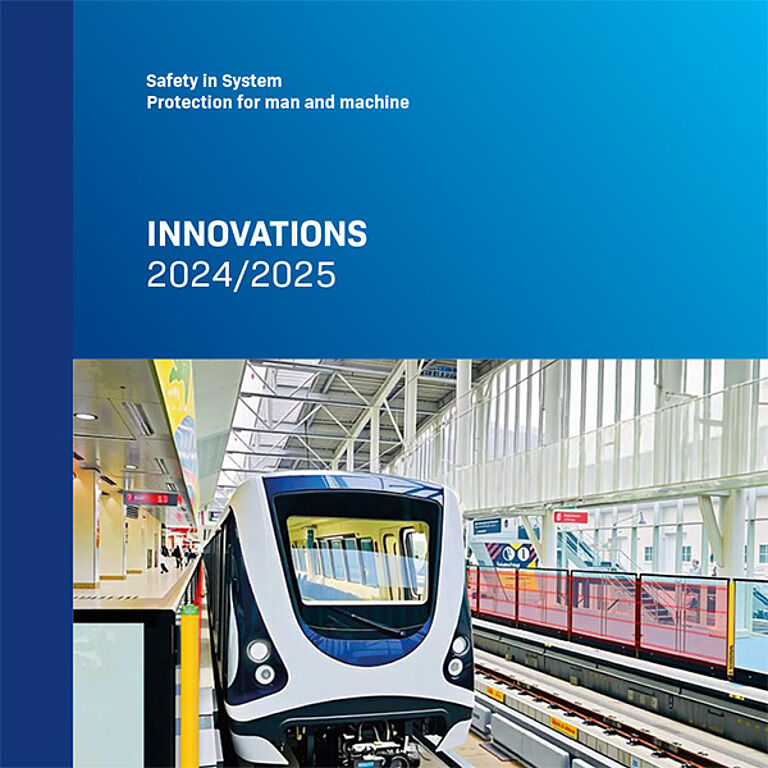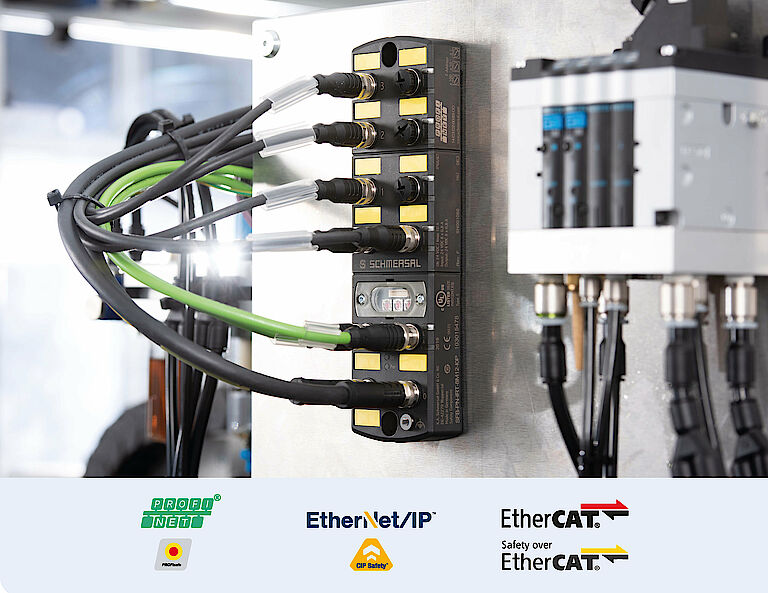Unique features of the Safety Fieldbox from Schmersal include the need for just a single M12 slot for solenoid interlocks and safety light curtains and the connection of control panels with EMERGENCY STOP function and up to three non-safe command and signalling devices.
Connecting safety devices via the Safety Fieldbox also helps to save costs, as up to eight devices can be connected to a single Fieldbox, which is much more cost-effective than equipping each individual device with a bus interface.
An integrated digital input on each device slot allows the diagnostic signals of all connected safety devices to be evaluated. This means that safety-related and operational signals, such as those required for diagnostic purposes, can be collected and transmitted. The user can use this information to detect irregularities, e.g. a safety guard that has been moved, and enable prompt intervention if service is deemed necessary. This helps to improve system availability and minimise the risk of downtime. Users can also benefit from greatly simplified, and therefore more cost-effective, wiring of safety devices.


